When the locals say “I remember when this was all fields” about the site of the Dongfeng Renault Automotive Company’s new manufacturing plant, they aren’t falling prey to a rose-tinted memory.
Little over two years ago, the site of the factory in Wuhan, central China, was 95 hectares of land used for growing vegetables; now it is home to 2000 employees and millions of pounds of machines that are together ramping up production of the Chinese-market Renault Kadjar.
Looking around the massive facility today, it’s difficult to imagine broccoli and snow peas quietly growing here not far from the Yangtze River.
The plant comprises a vehicle assembly plant, a powertrain plant and an R&D centre. Inside its vast halls, noisy machines are stamping panels and parts; some workers are busily guiding chassis down the production line while others are carrying out quality control both on the parts the new machines are producing and the final Kadjars coming off the line.
Progress has been swift with good reason. Hu Xindong, executive vice president of Dongfeng Renault Automotive Company (DRAC), concedes that Dongfeng Renault is “a latecomer to the Chinese market” – the joint-venture was rubber-stamped in December 2013 – and the company needed to be ready quickly in order to capitalise on the huge projected growth of the crossover/SUV market in China. The Kadjar will go on sale in China next month.
The SUV segment accounts for 30% of the Chinese market, some five million vehicles, and is the fastest-growing segment. It increased in size by 53% last year compared to 2014.
Little surprise, then, that when Kadjar production is up and running, the Wuhan plant will turn its attention to gearing up to produce Renault’s D-segment (Nissan X-Trail sized) SUV. The build of that is slated for September and secreted around the factory, covered by dust sheets, are a few test vehicles that are being subjected to research and development work.
Within the R&D centre there is also an electric vehicle lab, because after the factory has begun to sate the Chinese public’s desire for crossovers and SUVs, it will start work on an electric saloon.

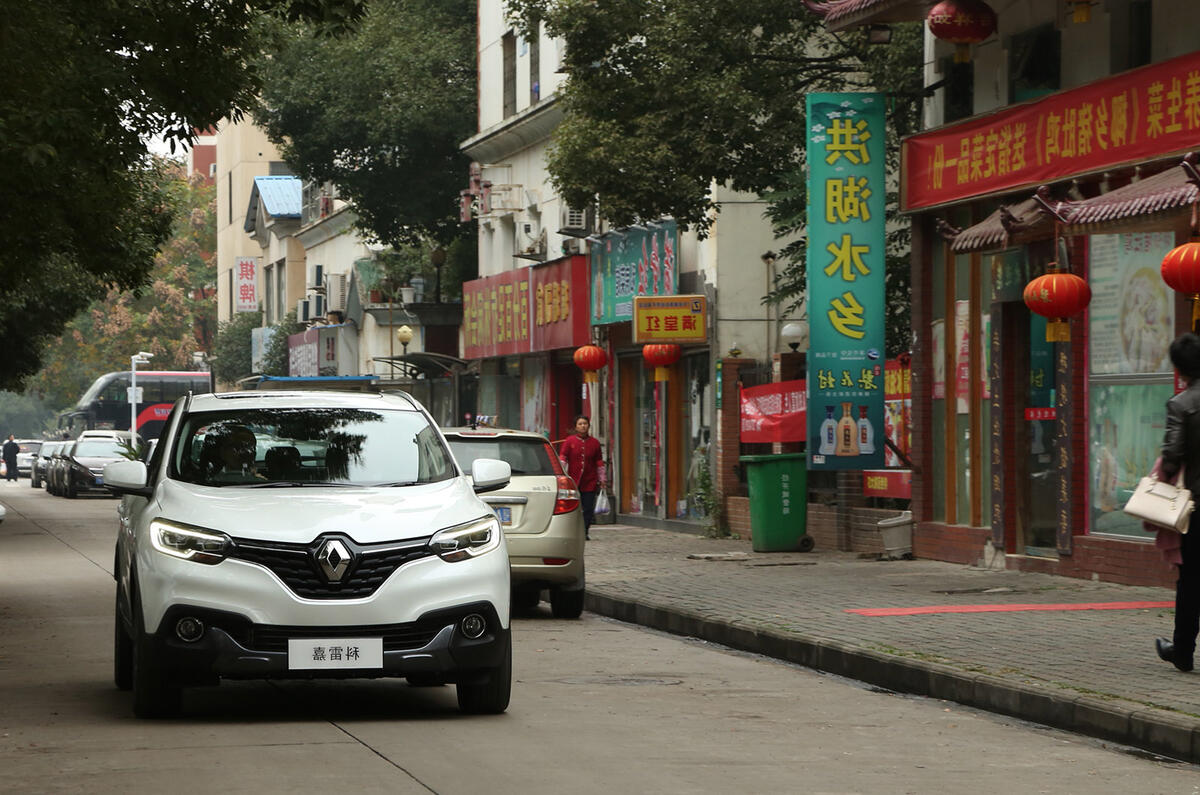
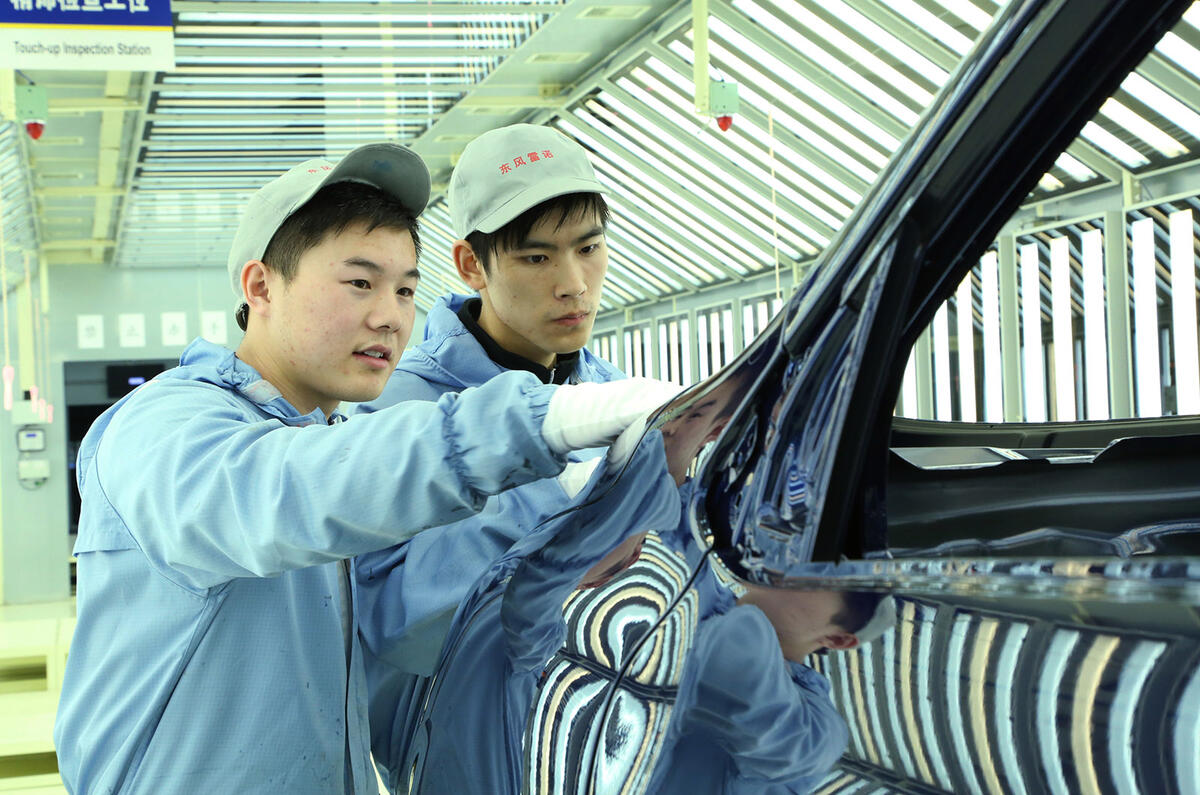
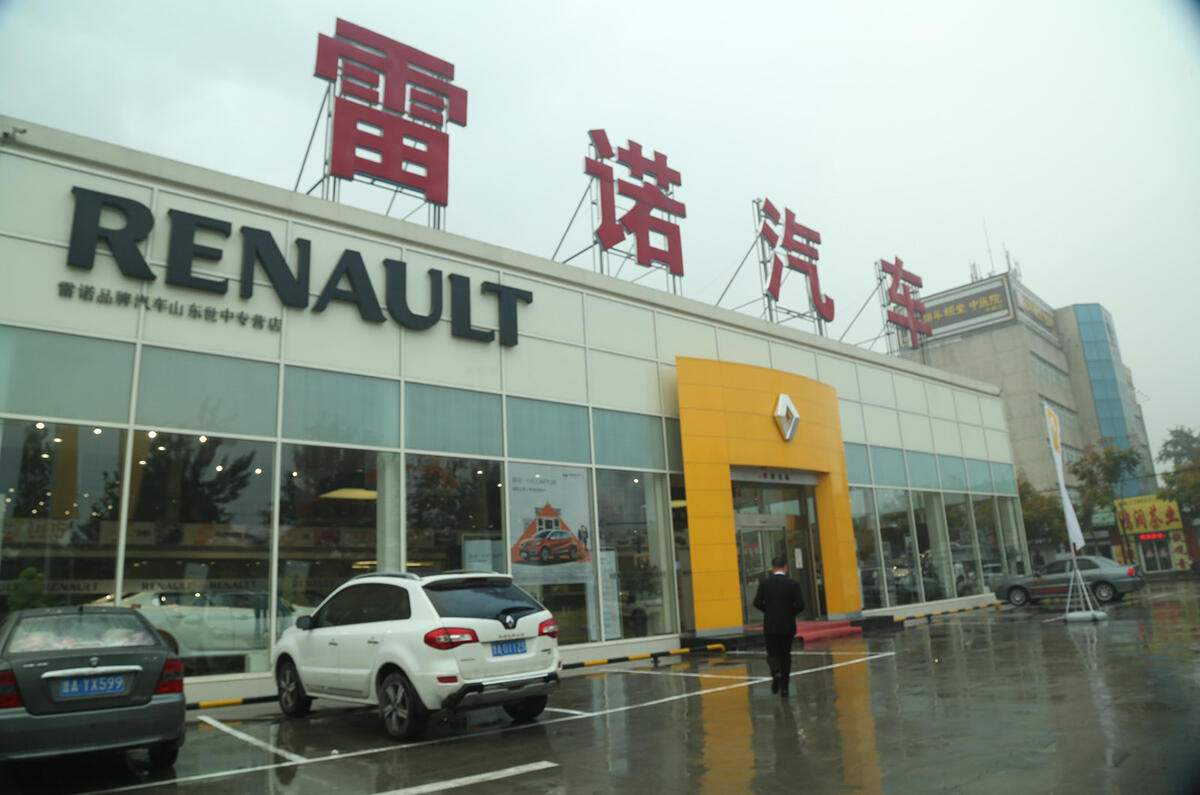
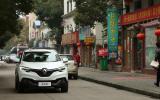
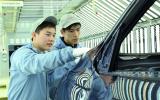
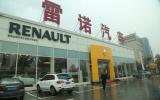



Join the debate
Add your comment
@Norma Smellons
Hmm.
@Bullfinch
Phil & Betty To Blame